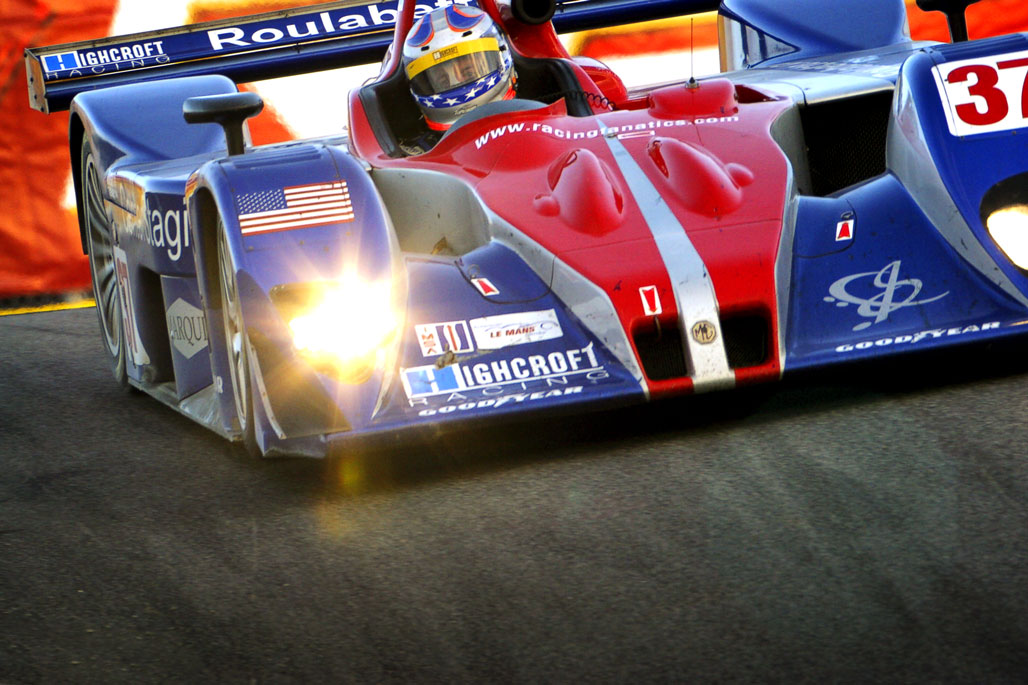Today’s Post by Joe Farace
“A sunset is the sun’s fiery kiss to the night.” ― Write like no one is reading 3
Today’s Post by Joe Farace
The secret of making great photographs is simply “knowing where to point the camera” but that’s harder than it sounds, especially after schlepping a nine-pound Canon EF 500 f/4.0L IS USM lens, monopod, and camera body combination around California’s Weathertech Raceway Laguna Seca all day. So let me tell you a secret, I don’t own this expensive lens. At the track, I borrowed from the incredibly talented Regis Lefebure.
What’s It All About?
Many photographers think sports photography and especially motorsports photography is all about using big ticket, fast lenses and expensive cameras but this shot was created at dusk at an ISO setting of 800 using a entry-level DSLR, the original Canon Rebel. Sure, the Canon EF 500 f/4.0L IS USM lens attached to it cost almost a thousand bucks, so (I hear you saying it now) “It ought’a take good pictures.” Well, it doesn’t always work that way.

You can rent expensive lenses like the EF 500mm f/4L IS USM and where I live, this lens rents for about $50 a day. Is it worth it? You bet it is. And don’t even think about making racing photographs with any big lens without using a monopod. The lightweight EOS Rebel I used was a less than perfect counterbalance to this beast; my EOS 1D Mark II N would have been a better fit but where was it? It was safely tucked away in my equipment closet back in Colorado (and now has been sold.)
Step One
The first step in making any kind of racing photograph on a road course like Laguna Seca is knowing where to stand. If you’ve never been to a track before, talk to some of the other photogs but also walk around the track during practice and decide where you want to be and what lens you might use. At Laguna Seca, downhill from a turn that’s called “The Corkscrew” is a good place to shoot and was where this image was made. The cars break hard for a sharp left turn then go through a series of twisty bits gradually picking up speed as they do. The Corkscrew has strategically placed protective barriers with holes that you can poke your lens through, so your final choice of location may be limited and since only two or three photographers can fit into a particular hole, don’t hog the space. Let others get some shots too.
As dusk began to fall, I gradually began inching up my ISO speed from it’s daytime starting point of 200 at the start of the race to finally 800 as darkness descended over the track. I followed the car, panning with the motion and instead of firing off multi-frame bursts in continuous mode, kept squeezing the shutter in rapid succession off short bursts with fewer and, I think, better images. I shoot runway models and race cars in Tv mode and in this case the best I could get was 1/320 sec at f/9.
 If you enjoyed today’s blog post and would like to buy Joe a cup of Earl Grey tea ($3.50), click here.
If you enjoyed today’s blog post and would like to buy Joe a cup of Earl Grey tea ($3.50), click here.
Along with photographer Barry Staver, Joe is co-author of Better Available Light Digital Photography with new copies are available from Amazon for $21.50 and used copies starting around five bucks.